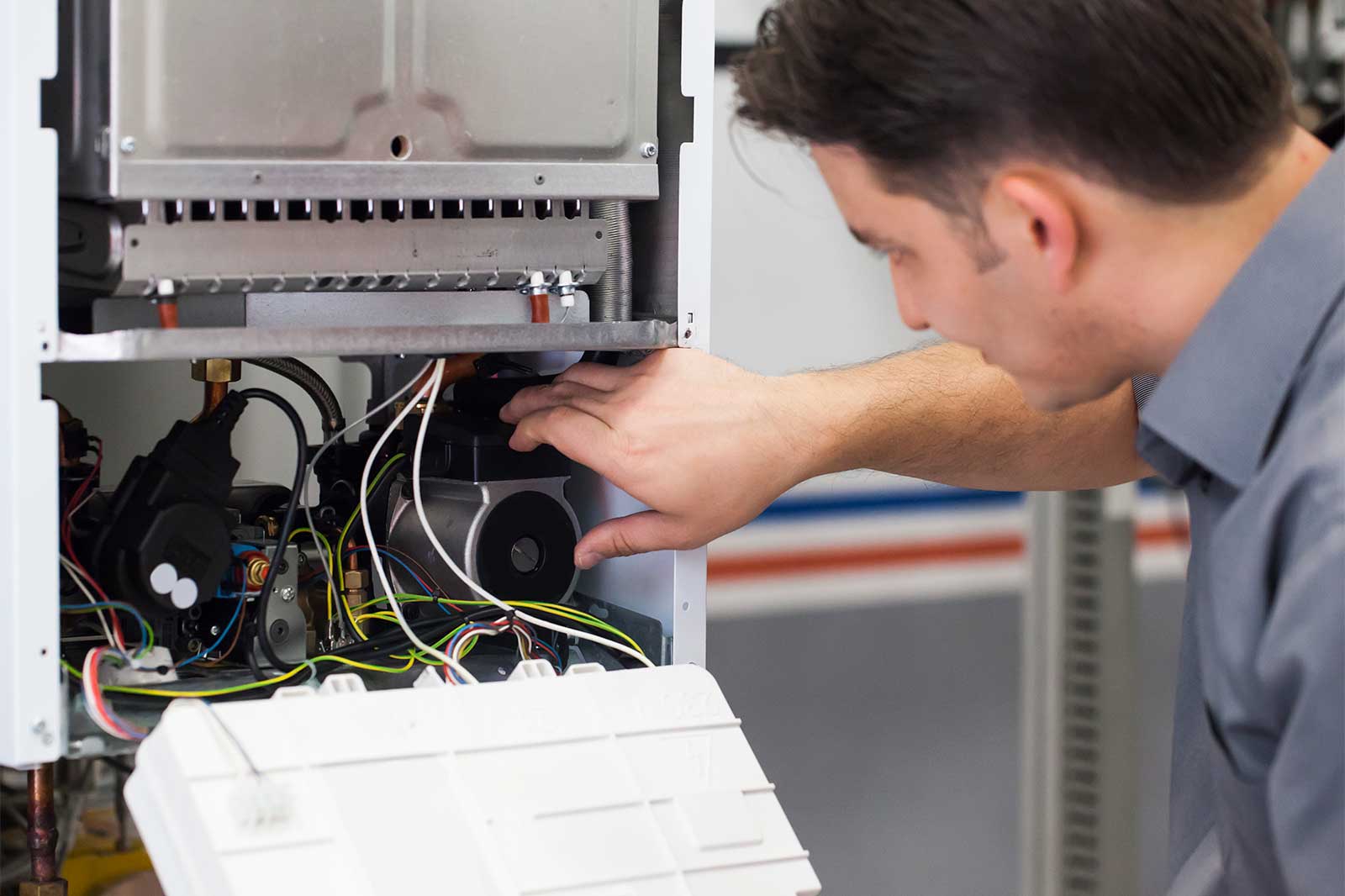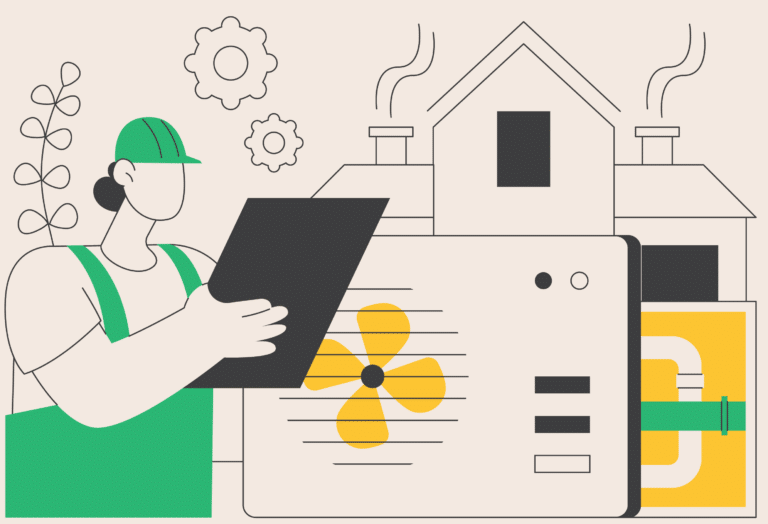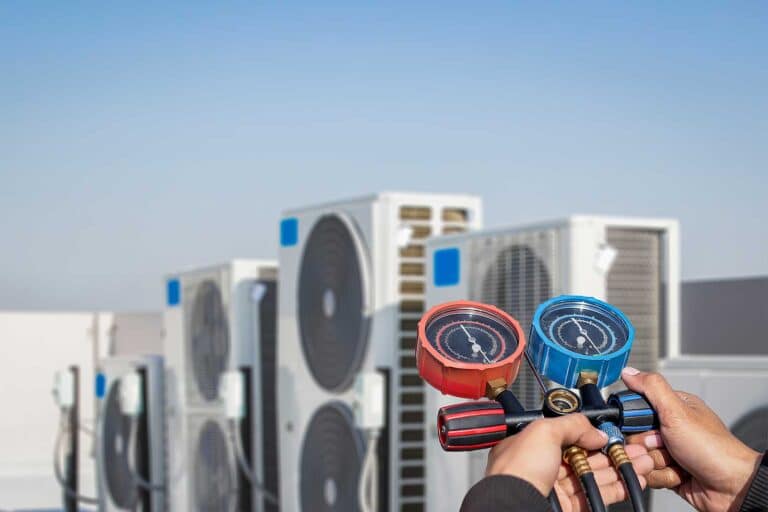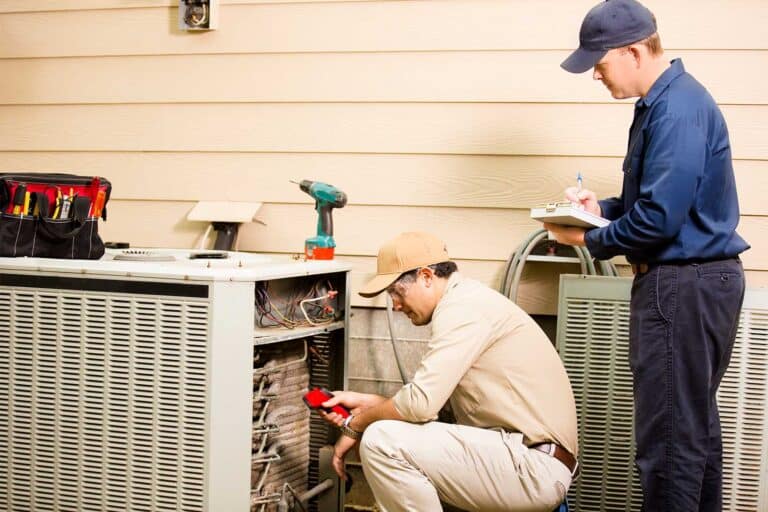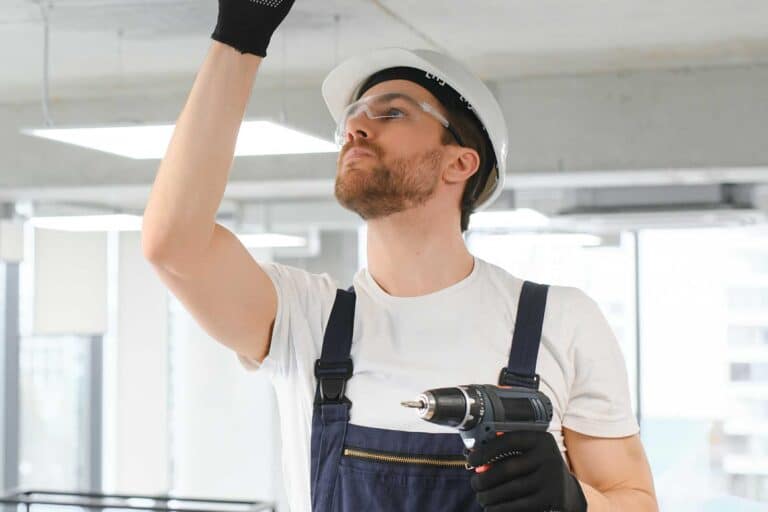Furnace Repair Cost vs. Replacement: Which Option Saves More?
When a furnace stops working as expected, homeowners face a tough question: is it worth paying the furnace repair cost, or does replacing the entire system make more sense? The right choice depends on many factors, including the age of the furnace, the type of problem, long-term energy savings, and your budget. This article explores the differences between repair and replacement to help you make an informed decision.
Understanding Furnace Repair Cost
Common Repairs and Their Price Range
Not all furnace problems come with the same price tag. Some issues can be fixed quickly and affordably, while others require more extensive work. For example:
- Thermostat replacement: $100–$300
- Ignitor repair: $150–$400
- Blower motor repair: $400–$800
- Heat exchanger replacement: $1,000–$2,000
These examples show how wide the range of furnace repair cost can be. The price also depends on labor rates in your area and the availability of parts. For more details on local heating repairs, see Blue Valley Heating Repair Services.
Factors That Increase Repair Costs
Several factors can push up the final bill:
- Age of the furnace (older systems often require harder-to-find parts).
- Complexity of the issue.
- Emergency service calls, especially during peak heating season.
Understanding these drivers helps homeowners budget realistically when dealing with heating issues.
When Repair Makes Sense
Repair is often the right choice when the system is relatively new, still under warranty, or the repair cost is under 30% of the cost of a new unit. For many minor issues, paying the furnace repair cost is the most cost-effective solution. You can also learn more about our heating maintenance services.
Considering Furnace Replacement Costs
Upfront Investment
A new furnace can cost anywhere from $3,000 to $8,000, depending on the model, efficiency rating, and installation complexity. While this is far higher than a single repair, the upfront investment may pay off over time. See our heating installation solutions for more information.
Long-Term Energy Savings
Modern furnaces are far more energy-efficient than units made 15–20 years ago. Upgrading can reduce monthly utility bills significantly. In some cases, the savings help offset the higher upfront price. The U.S. Department of Energy offers useful resources on air conditioning and heating efficiency.
Added Benefits of Replacement
Besides energy efficiency, new furnaces also come with improved technology, quieter operation, and warranty protection. For homeowners facing repeated repairs, replacement may bring peace of mind and predictable costs.
Repair vs. Replacement: The 50% Rule
Many HVAC professionals use a guideline known as the 50% rule. If the furnace repair cost is more than half the price of a new furnace, replacement usually makes more sense. For example, if your repair bill is $3,500 and a new furnace costs $6,000, investing in replacement is often smarter.
Evaluating Furnace Age
- Furnaces under 10 years: repair is usually better.
- Furnaces 10–15 years: weigh repair against replacement carefully.
- Furnaces over 15 years: replacement is often the smarter choice.
This age-based approach, combined with the 50% rule, provides a practical decision-making framework.
Real-World Scenarios
Scenario 1: Minor Repair on a 7-Year-Old Furnace
A homeowner faces a $400 blower motor repair. Since the system is only seven years old and replacement would cost $5,000, paying the furnace repair cost is the logical choice.
Scenario 2: Costly Repair on a 17-Year-Old Furnace
Another homeowner needs a $2,000 heat exchanger replacement. With a furnace nearing the end of its life expectancy, replacement at $6,500 makes more sense in the long run.
Scenario 3: Mid-Range Repair on a 12-Year-Old Furnace
At 12 years old, a furnace may still run well with the right repair. But if the repair costs $2,500 and replacement costs $5,500, the decision becomes more complex. Here, energy efficiency gains and long-term reliability may tip the balance toward replacement.
Questions to Ask Before Deciding
- How old is my furnace?
- What is the exact furnace repair cost estimate?
- What would a new furnace cost, installed?
- How much could I save monthly with a high-efficiency system?
- Are there rebates or financing options available?
Answering these questions helps put the decision into perspective.
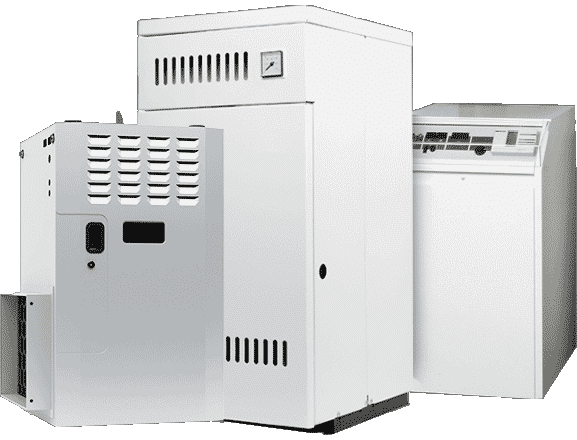
Reducing Furnace Repair Cost Over Time
Regular Maintenance
Routine inspections and tune-ups can prevent costly breakdowns. Spending $100–$200 on annual maintenance can save thousands by avoiding major failures. See our heating maintenance services for more details.
Replace Filters Regularly
Dirty filters put extra strain on a furnace, leading to higher repair bills. Changing filters every 1–3 months keeps the system running efficiently.
Monitor Early Warning Signs
Unusual noises, uneven heating, or higher energy bills often signal small issues that, if ignored, could lead to larger expenses. Addressing them early reduces the overall furnace repair cost.
FAQs About Furnace Repair Cost vs. Replacement
What is the average furnace repair cost?
Most repairs range between $150 and $1,200, depending on the issue. Smaller fixes like a thermostat are cheaper, while major parts like heat exchangers are more expensive.
How long does a furnace typically last?
With proper maintenance, most furnaces last 15–20 years. Some high-quality models may last longer, but efficiency tends to drop as the system ages.
Should I replace or repair if my furnace is 15 years old?
At 15 years, most homeowners should consider replacement, especially if the repair cost is high. New models offer efficiency, reliability, and long-term savings.
Can regular maintenance lower furnace repair cost?
Yes. Regular tune-ups catch small problems before they become expensive repairs. Maintenance also improves efficiency, which lowers energy bills.
What financing options are available for a new furnace?
Many HVAC companies offer financing plans that spread the cost over time. Additionally, rebates or tax incentives may apply for energy-efficient models.
Conclusion: Choosing the Right Path
Deciding between paying a furnace repair cost and replacing the system is not always straightforward. While repair may be cheaper upfront, replacement can save more in the long run, especially with an older furnace. The key is to weigh the costs, age, and expected benefits carefully. By applying the 50% rule and considering energy efficiency, homeowners can make a financially sound decision that keeps their home comfortable for years to come.

